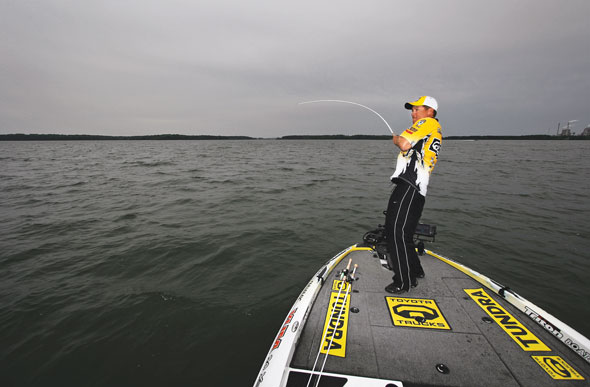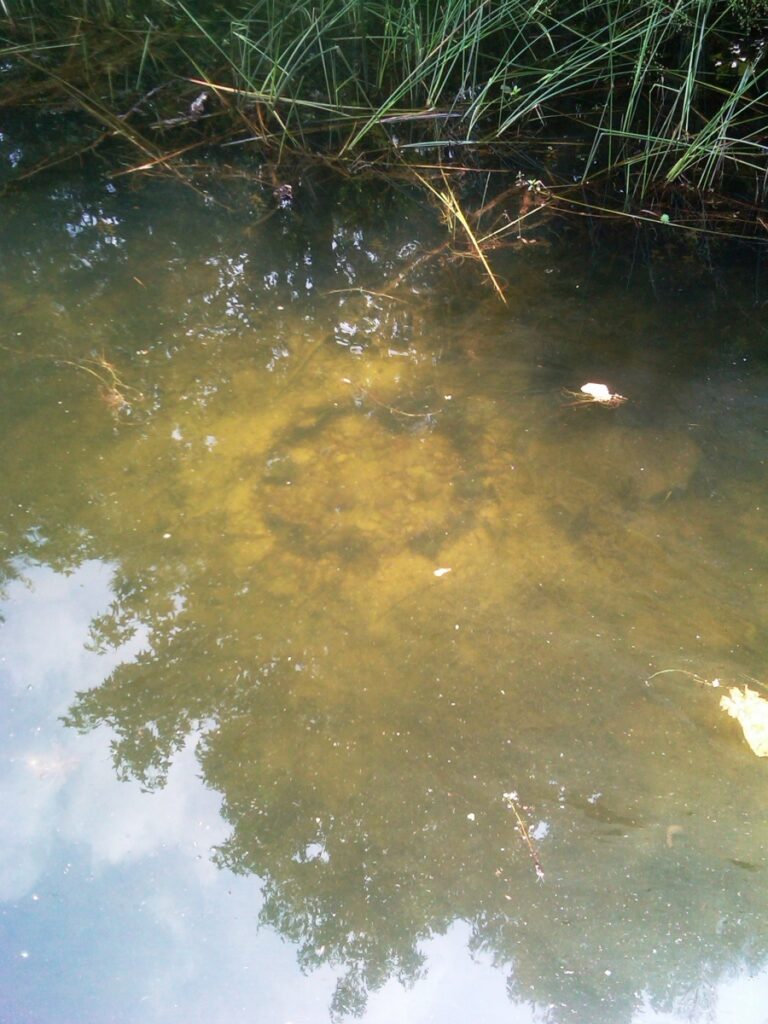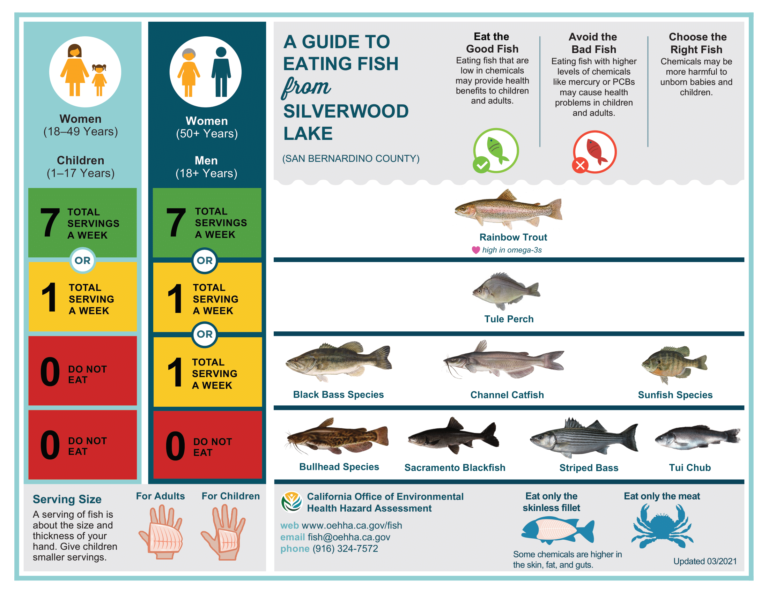Can You Eat Largemouth Bass

Yes, you can eat largemouth bass as it is considered a safe and tasty fish when cooked properly. It is a popular choice for many anglers and fish enthusiasts.
Largemouth bass, a freshwater gamefish, serves not only as a challenging catch but also as a delightful meal on many American dinner tables. Renowned for its firm texture and mild flavor, largemouth bass can be prepared using various cooking techniques, including grilling, baking, and frying.
This versatility makes it a beloved ingredient in culinary circles. Consuming this fish provides a good source of protein and essential nutrients, making it a beneficial addition to a balanced diet. Before consuming, it’s essential to ensure the fish comes from clean, unpolluted waters to avoid potential contaminants. Enthusiastic chefs and everyday cooks enjoy experimenting with different recipes that highlight the subtle taste of largemouth bass, blending it with spices and herbs to elevate the overall dining experience.

Credit: m.youtube.com
Largemouth Bass: A Popular Freshwater Game Fish
Largemouth bass, loved by fishermen, swim in freshwater lakes and rivers. They have a greenish body and a big mouth. These fish can grow quite big, up to 29 inches and 25 pounds. They like places with lots of plants and clear water, where they hide and hunt for food. With distinctive markings, especially a dark horizontal stripe, they stand out in the water.
Anglers hold largemouth bass in high esteem due to their fighting prowess when hooked. Fishing competitions often highlight them as a top catch. Eating them is considered by some as a reward for catching them. Their taste is said to be white and flaky, a fine choice for dinner. Many regions celebrate bass fishing; it’s a part of their outdoor traditions.

Credit: www.reddit.com
Edibility Of Largemouth Bass
The edibility of largemouth bass often sparks curiosity among anglers and fish enthusiasts. These fish are indeed edible and can make for tasty meals when prepared correctly. Several factors influence the meat’s taste and quality. Water quality plays a crucial role, as bass from clean, clear waters typically have better flavor profiles. Moreover, diet impacts the fish’s taste, with those feeding on natural prey like crayfish and small fish having a pleasant taste.
Another important factor is the age and size of the bass. Generally, younger and smaller bass are more tender and palatable. The method of preparation and cooking can also affect the taste, with grilling and frying being popular choices.
| Fish | Texture | Flavor |
|---|---|---|
| Largemouth Bass | Medium-Firm | Mild, Slightly Fishy |
| Trout | Delicate | Nutty, Less Fishy |
| Bluegill | Flaky | Sweet, Mild |
Largemouth bass compares interestingly with other freshwater fish like trout and bluegill. Each fish brings a unique texture and flavor to the table, enriching the dining experience.
Health Considerations And Benefits
Largemouth bass is not just a popular fish for anglers; it’s also edible. This freshwater fish is a good source of protein and contains beneficial nutrients like omega-3 fatty acids. Consuming these fatty acids supports heart health and aids in reducing inflammation.
Before enjoying largemouth bass, consider environmental factors that may affect their safety. Lakes and rivers sometimes contain harmful pollutants, such as mercury and PCBs. These can make the fish unsafe to eat in large amounts. Local advisories provide consumption guidelines to keep you safe.
| Nutrient | Benefit |
|---|---|
| Protein | Builds muscle, repairs tissues |
| Omega-3 Fatty Acids | Supports heart, reduces inflammation |
Preparation And Cooking Tips
Cleaning and filleting largemouth bass requires precision. Begin by making an incision behind the gills. Cut downward until you reach the backbone. Next, turn the knife blade parallel to the table, slicing the fish from head to tail, staying on top of the ribs. Open the fish like a book and remove the entrails and backbone.
For cooking, several techniques will enhance flavor and texture. Grilling adds a smoky touch and creates a crisp skin. To achieve perfection on the grill, brush the fillets with oil and season to taste. Another method is pan-searing for a golden crust, using high heat and a bit of butter or oil. Lastly, baking is a healthy option that retains the bass’s natural moisture. Season the fish properly and wrap in foil with your favorite herbs and vegetables to lock in flavors.
Sustainability And Environmental Impact
Largemouth bass populations are often viewed as stable, yet local variations exist. This stability is partly due to the species’ adaptability and the attention from anglers and conservation efforts. Continuous monitoring ensures these fish remain abundant in their native habitats. Responsible fishing practices play a crucial role in this. These practices include catch and release, following bag limits, and respecting size restrictions.
| Practice | Importance |
|---|---|
| Catch and Release | Maintains population levels |
| Bag Limits | Prevents overfishing |
| Size Restrictions | Ensures breeding stock health |
By adhering to these guidelines, anglers help maintain ecological balance. This balance is key to largemouth bass sustainability. It also ensures future generations can enjoy fishing them. State and local regulations should always be followed. They are designed to protect the fish species and their environment.
Recipes And Culinary Adventures
Largemouth bass stands out for its versatile culinary applications. Chefs and home cooks enjoy crafting flavorful dishes with this freshwater fish. Grilling or baking bass fillets with a sprinkle of herbs creates a mouthwatering meal. You can also try steam cooking for a healthier option. Sautéed vegetables and mild spices complement its delicate flavor. Fish tacos with largemouth bass are a crowd-pleaser. You can serve these with fresh pico de gallo and tangy lime crema. For an exotic twist, consider marinating the bass in teriyaki or hoisin sauce before cooking. Simple ingredients can make this fish stand out on your dinner table.

Credit: fishmasters.com
Frequently Asked Questions Of Can You Eat Largemouth Bass
Is A Largemouth Bass Good To Eat?
Yes, largemouth bass is considered good to eat, known for its white, flaky meat when cooked properly. It is recommended to catch and cook fresh for the best flavor.
Is Largemouth Bass High In Mercury?
Largemouth bass can contain moderate levels of mercury, caution is advised for pregnant women and young children when consuming.
Are Largemouth Bass Protected?
Largemouth bass are subject to fishing regulations, which vary by location and time to ensure sustainable populations. Protected statuses, such as catch-and-release or size restrictions, might apply. Check local fishing laws for precise rules.
Can You Eat Largemouth Bass Raw?
Eating raw largemouth bass is not recommended due to potential parasites and bacteria. Always cook thoroughly to ensure safety.
Conclusion
Eating largemouth bass is certainly on the table for anglers and fish enthusiasts alike. They offer not just a sporting challenge, but also a delightful meal when prepared properly. Just remember—mind local regulations and fish sustainability practices. Enjoy this freshwater catch in moderation and savor the flavor it brings to your plate.





